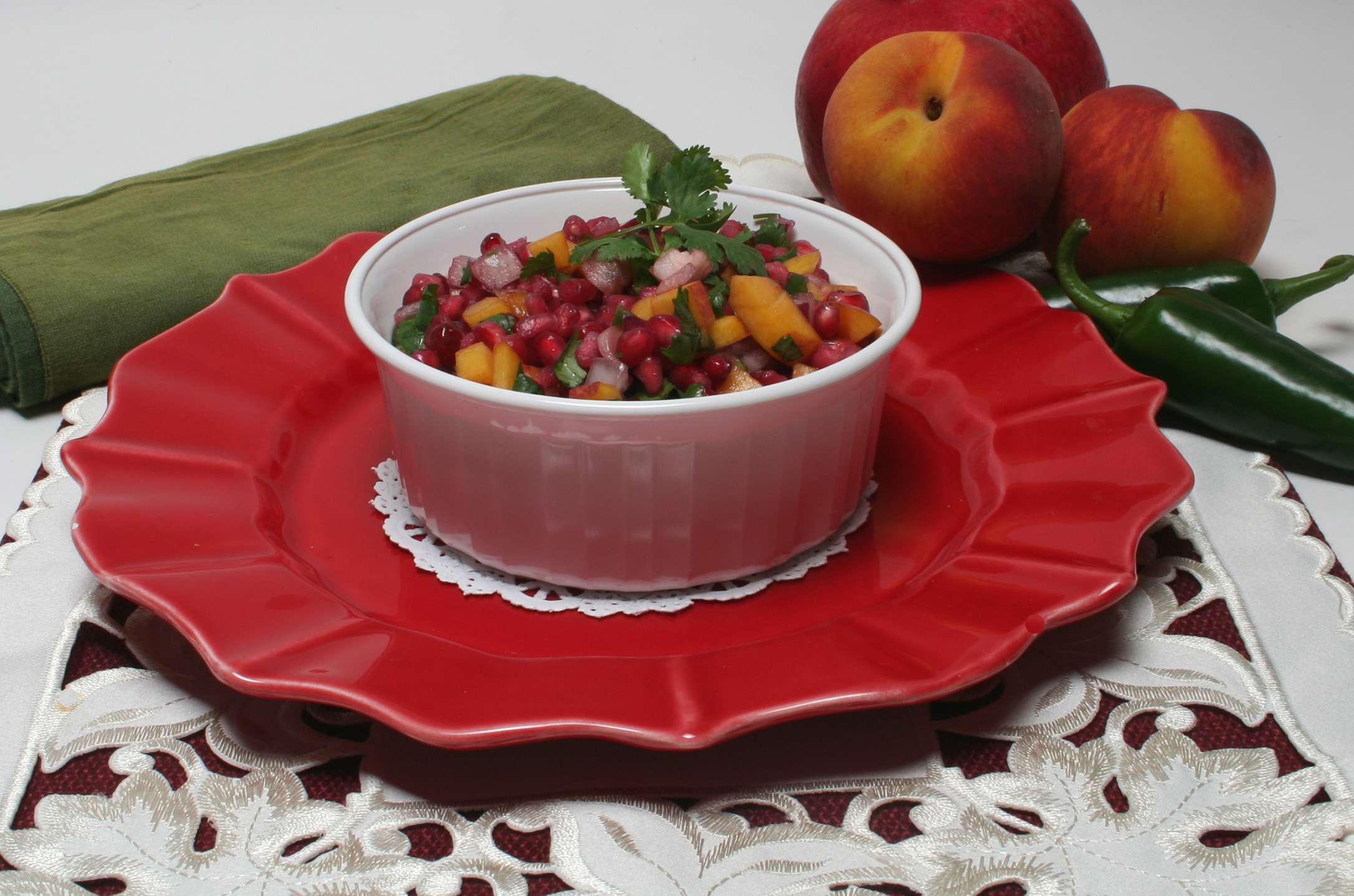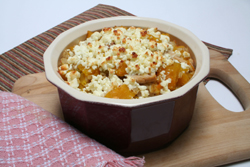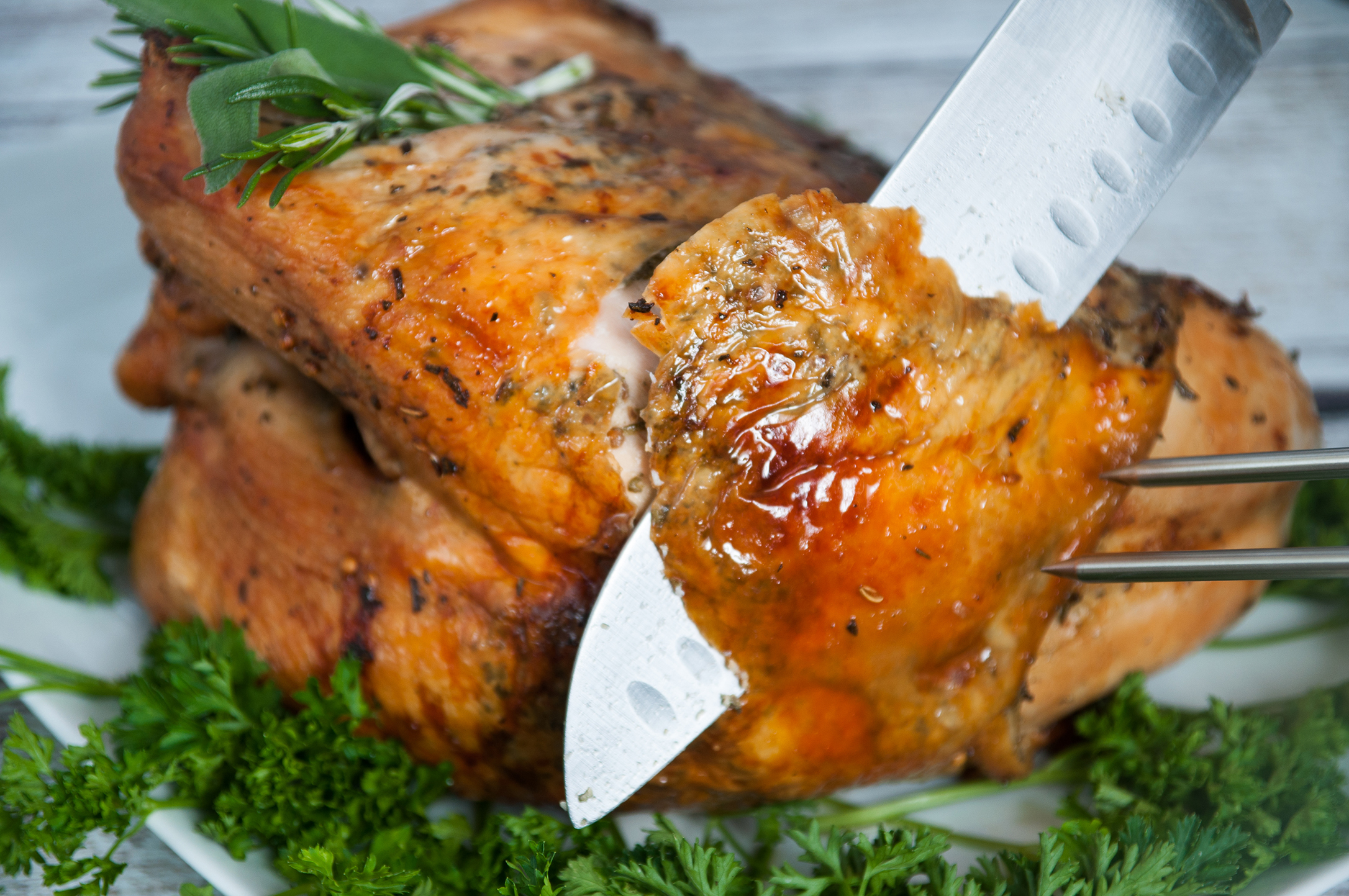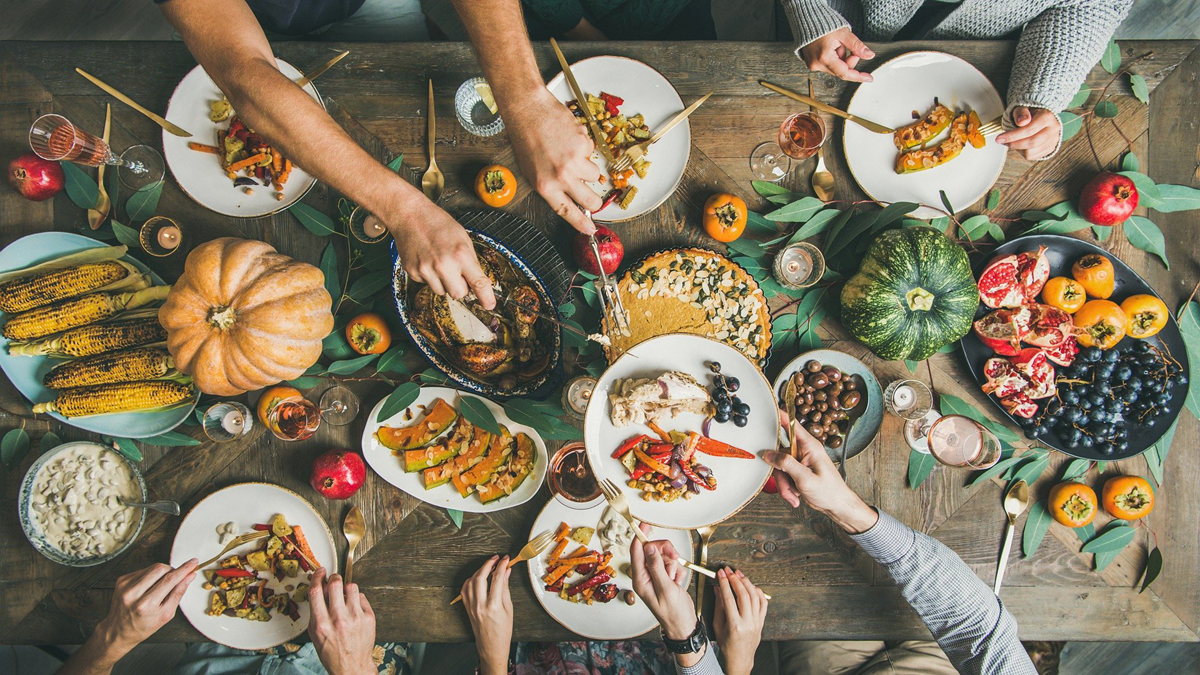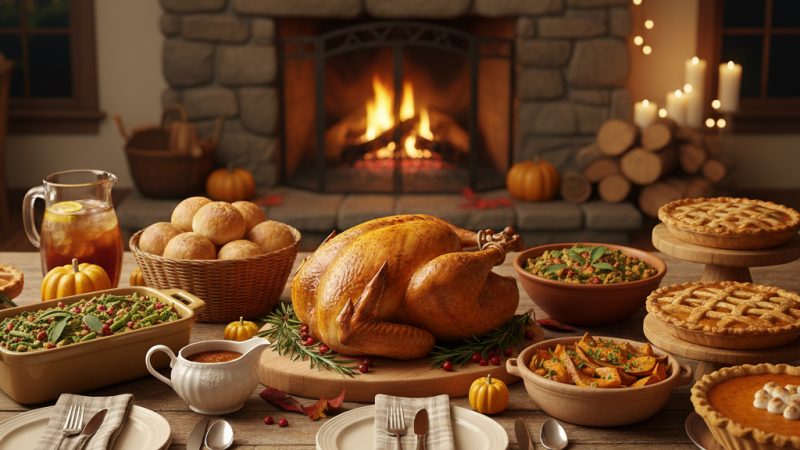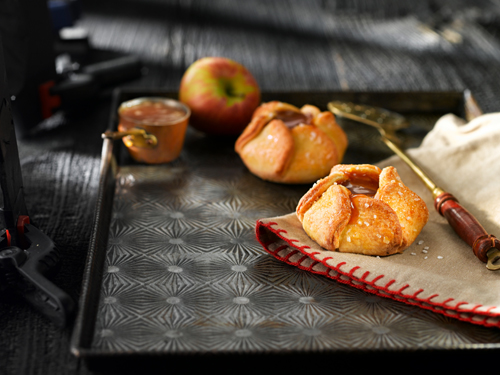How to Make The Perfect Turkey
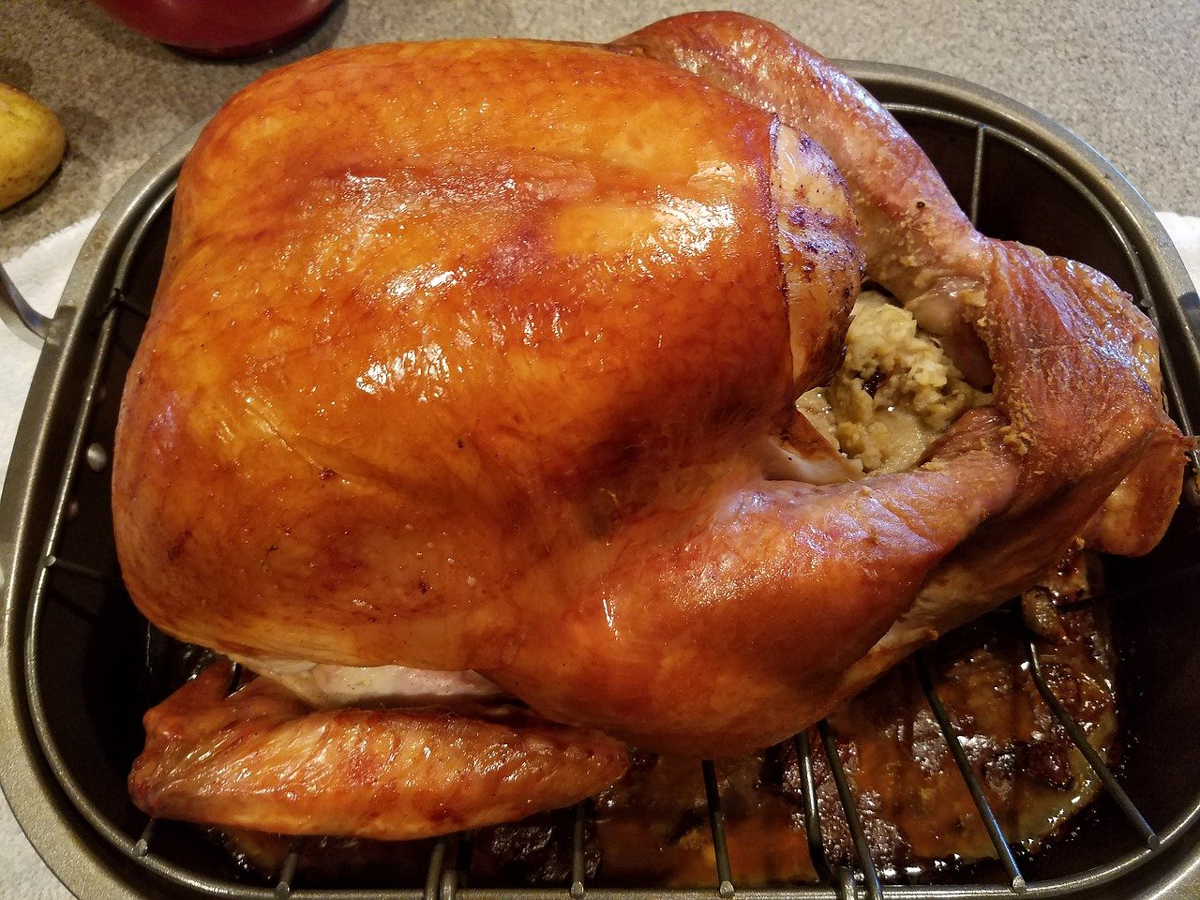
When it comes to finding directions on how to make the perfect Thanksgiving turkey, suddenly everyone you know becomes an expert. Your neighbor, your mail carrier, your hairdresser, your car repairman (even though he’s never cooked a turkey in his life) and last but not least your pest control man. Everyone has to put in their two cents worth on the subject. Well, I guess that means I’m in good company. Here are my instructions on how to cook the best Thanksgiving turkey you’ll ever eat.
Creating Perfect Flavor
I am going to let you in on a little secret. There is a method that the five star restaurants use to give their turkeys incredible flavor. What is it? It’s called flavor brining. Yep, that’s their secret. Historically, brining was done as a method of preserving. However, today it is used primarily as a vehicle to impart unbelievable flavor and moisture into a lean cut of meat.
Note: You should begin the brining process at a minimum of four days before you plan to cook your bird.
How to Brine Your Perfect Turkey
1. Purchase a 14 to 16 pound natural, young turkey. It should not be a self-basting or kosher turkey. These types of turkeys have a ton of added salt. Be careful to look at the ingredients on the turkey package and if it says it contains sodium or salt, keep looking for one without salt.
If your turkey is frozen, you will need to thaw it for at least two days before you begin the brining process. Remove the innards.
2. You will need a non-reactive, food-safe, 5-gallon plastic bucket large enough to fit your turkey with enough headroom for the brine to cover the turkey entirely by about one inch. Restaurant supply houses usually have these types of containers. You can also check with a local restaurant to see if they have a container like this that they are discarding. Be sure to clean it well with very hot soap and water before use.
3. To determine the amount of brine mixture you will need, put your turkey in the container and covering it with water. Remove the turkey and measure the remaining water. This is the amount you will need to make. Discard this water.
4. Place your thawed turkey (innards removed) neck cavity side up in the container and cover with it the brine (see recipe below). If you need to weigh your bird down, fill one or two large plastic zipper-type bag with ice and place them on top of the bird. This will also keep your bird at a cool temperature.
Refrigerate or place the bird in a cool place to brine for at least 12 hours or up to two days if desired. You can place the bird outside as long as the weather won’t cause it to freeze and the lid is secure against pests and animals.
If you are concerned about the bird being too salty, stop after the 12 hour period. It is better to err on the side of caution.
5. When the brining process is complete, rinse the bird well inside and out to remove the excess salt, then pat it dry with a paper towel. Air dry the bird over-night in the refrigerator to let the skin dry. This will help in the crisping of the skin as it roasts. Stuff your turkey as usual and roast according to the instructions below.
The Perfect Brine Recipe
You may need to double this recipe in order to have enough to cover your bird. Additional spices such as allspice berries, crushed thyme leaves, sprigs of rosemary, cinnamon sticks, and candied ginger may be added to this mixture to create your own unique flavor.
Ingredients:
- Approximately 1 gallon of cold, no-salt vegetable stock or water.
- 1 cup of Diamond Crystal Kosher salt (if using Morton’s Kosher salt, use 3/4 cup)
- 1/2 cup of light brown sugar
- 1 tablespoon black peppercorns, crushed
- 7 fresh leaves sage, bruised
- 1 onion, sliced thinly
- 10 cloves of peeled, crushed garlic
Directions:
Combine the vegetable stock, salt, brown sugar, peppercorns, sage, onion and garlic in a large stockpot over medium-high heat. Stir occasionally to dissolve all the solids and then bring to a boil. Remove the brine immediately from the heat, cool to room temperature, and refrigerate.
Pour the mixture over the turkey and refrigerate or pace in a cool place.
Roasting Your Perfect Turkey
The goal in cooking a turkey is to get your bird cooked and beautifully browned without drying out the breast. Here’s the problem: white meat cooks faster than dark meat. Traditionally, the bird is cooked breast-side up. This method causes the breast meat to cook quickly while the legs that are under the bird cook slowly. What you end up with is dried-out breast meat in order for the legs and thighs to be done properly.
So what is the answer you ask? Roast your turkey breast side down. Now before you brand me a heretic and have me burned at the stake, hear me out. Yes, this is not how your mother or grandmother did it but I am telling you, once you try this method you will never go back to cooking your turkey breast-side up again.
Why do it this way? Because when the breast meat in on the bottom, not only is it protected and cooks a little slower but all the juices that are in the turkey drain down into the breast making it moist, tender and juicy. Unless you have your heart set on a Norman Rockwell presentation at your Thanksgiving table, this is the best position in which to cook your bird. It may not look as pretty as the other, but who carves their turkey at the table anyway? We never do.
The last tip to the perfect turkey is to put your bird in the oven a leave it there until it is done. Calculate the amount of time that it will take to cook your bird, then put it in the oven and don’t peek until the timer goes off. No basting is necessary. You don’t need to baste if you cook the turkey breast-side down.
Roast your turkey at 325 degrees F. A 14 to 18 pound, unstuffed turkey will take approximately 3 3/4 hours to 4 1/2 hours.
For an unstuffed turkey, place the meat thermometer in the thickest part of the thigh, taking care that it does not touch any bone. Roast the turkey until the meat thermometer reaches 180 degrees F.
For a stuffed turkey, use a meat thermometer to check the temperature of the dressing. The center of the dressing inside the bird (or in a separate baking dish) must reach a temperature of 165 degrees F. for food safety.
After removing the turkey from the oven and before carving, allow the turkey to rest at least 20 minutes so that the juices settle within the meat, which will provide the meat with even more flavor and tenderness and will also make carving much easier.
Bon Appetite!
The Author:
Christian Home Living expert Blair Massey publishes the popular “Christian Homemaking” ezine.
Photo. Alvin Wirthlin
Source: EA

